What You Need to Know Before Building a Container House

Are you dreaming of a home that’s not unique but also eco-friendly? Container houses might just be the perfect solution. These innovative dwellings are made from repurposed shipping containers, offering a blend of sustainability and modern design. As more people seek alternatives to traditional homes, container houses have gained popularity for their affordability and versatility. But before diving into this exciting venture, there are some essential factors to consider that could impact your decision. Let’s explore what you need to know before embarking on your journey to build the house of your dreams with shipping containers.
Factors to Consider Before Building a Container House
 Building a container house can be an exciting journey. However, several factors demand careful consideration. First, zoning regulations play a crucial role. Ensure your chosen location allows for such structures. Research local laws and obtain necessary permits to avoid future complications. Next, think about insulation and weather resistance. Containers are metal boxes that can heat up or cool down quickly.
Building a container house can be an exciting journey. However, several factors demand careful consideration. First, zoning regulations play a crucial role. Ensure your chosen location allows for such structures. Research local laws and obtain necessary permits to avoid future complications. Next, think about insulation and weather resistance. Containers are metal boxes that can heat up or cool down quickly.
Proper insulation is essential for comfort year-round. Consider the design flexibility as well. While containers are versatile, their size limits certain layouts. Plan spaces thoughtfully to maximize functionality in every corner. Evaluate the logistics of transportation and foundation work. Moving heavy containers requires specialized equipment and planning for site preparation is critical to stability and safety during construction.
Designing and Constructing a Container House
Designing a container house opens up a world of creative possibilities. Start by envisioning your space. Consider how you want to utilize natural light and airflow, as these elements can greatly enhance comfort. Think about the layout. Open floor plans work well in container homes, creating an airy feel. However, don’t shy away from using partitions to define spaces if needed. When it comes to construction, ensure you’re aware of local building codes and regulations. Containers must meet specific standards for safety and sustainability. Insulation is crucial too; metal containers can get hot or cold quickly. Explore options like spray foam or insulated panels. Focus on aesthetics. From exterior finishes to interior decor, every detail counts in turning your shipping container into a true home that reflects your style.
Cost Comparison with Traditional Homes
When evaluating the cost of container houses versus traditional homes, several factors come into play. Container homes often have a lower initial purchase price. You can buy used containers at a fraction of the cost of conventional building materials. However, it’s essential to factor in additional expenses. Site preparation, insulation, and utilities might add up quickly. Depending on your location and design aspirations, these costs can significantly influence your budget. Moreover, financing options differ between the two types of housing. Traditional mortgages are more readily available for conventional homes than for container houses. This disparity could impact how you approach funding your project.

Conclusion
Container houses are gaining popularity for a reason. They offer unique aesthetics and sustainability options that traditional homes often can’t match. However, before embarking on this innovative housing journey, it’s essential to weigh all factors carefully. Building a container house can be an exciting venture filled with opportunities for personalization and eco-friendly living. With careful planning and consideration of the key aspects discussed above, you’ll set yourself up for success in creating a home that’s both functional and stylish.…





 Among many, the growth of the local population is an important factor to consider when analyzing a potential real estate investment or development. A growing population can lead to increased demand for housing and commercial space, driving up property values and making investments more lucrative. In contrast, if the area is experiencing population decline, it could be difficult to make money off of any investments, even in high-demand areas. Population growth can also influence how profitable any development project can be by providing a larger customer base within the vicinity of the property.
Among many, the growth of the local population is an important factor to consider when analyzing a potential real estate investment or development. A growing population can lead to increased demand for housing and commercial space, driving up property values and making investments more lucrative. In contrast, if the area is experiencing population decline, it could be difficult to make money off of any investments, even in high-demand areas. Population growth can also influence how profitable any development project can be by providing a larger customer base within the vicinity of the property.

 One of the biggest signs that a neighborhood is great for you is if it has a sense of community. People in the area should be friendly and welcoming, and there should be many events, such as block parties and street fairs, to get people together. This will help foster an environment of belonging and trust, making your new home much sweeter. After all, your neighbors are always there when you need help.
One of the biggest signs that a neighborhood is great for you is if it has a sense of community. People in the area should be friendly and welcoming, and there should be many events, such as block parties and street fairs, to get people together. This will help foster an environment of belonging and trust, making your new home much sweeter. After all, your neighbors are always there when you need help.
 The safety of your home should always be a top priority when looking for a new place to live. For this reason, research the crime rates in the area. You can also ask your potential neighbors about their experiences with safety in the neighborhood. Always do your research in advance before moving into a new area that you do not know anything of yet.
The safety of your home should always be a top priority when looking for a new place to live. For this reason, research the crime rates in the area. You can also ask your potential neighbors about their experiences with safety in the neighborhood. Always do your research in advance before moving into a new area that you do not know anything of yet. You’ll want to stay up-to-date on the latest real estate
You’ll want to stay up-to-date on the latest real estate  Of course, your budget will also play a role in your decision to buy or rent. A home is a significant investment, so be sure you can afford down and monthly mortgage payments. Ask the landlord about pre-existing problems in the unit or building when renting. This way, you can anticipate and plan your budgets better.
Of course, your budget will also play a role in your decision to buy or rent. A home is a significant investment, so be sure you can afford down and monthly mortgage payments. Ask the landlord about pre-existing problems in the unit or building when renting. This way, you can anticipate and plan your budgets better.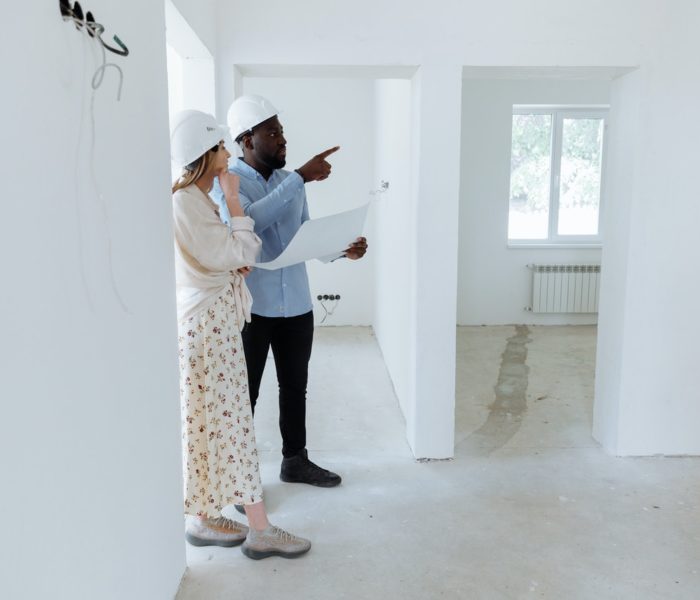

 Last but not least, the most common mistake people make when working with a realtor is not being communicative. It is vital to keep your agent updated on any changes or developments in your life that could affect the sale of your home. For example, if you’re planning on moving out of state, let your agent know. This way, they can adjust their marketing strategy accordingly. If you avoid these five costly mistakes, you will be on your way to a successful home sale. Working with a realtor doesn’t have to be stressful or expensive. Just be sure to do your research and ask plenty of questions. With the right agent by your side, selling your home will be a breeze.…
Last but not least, the most common mistake people make when working with a realtor is not being communicative. It is vital to keep your agent updated on any changes or developments in your life that could affect the sale of your home. For example, if you’re planning on moving out of state, let your agent know. This way, they can adjust their marketing strategy accordingly. If you avoid these five costly mistakes, you will be on your way to a successful home sale. Working with a realtor doesn’t have to be stressful or expensive. Just be sure to do your research and ask plenty of questions. With the right agent by your side, selling your home will be a breeze.…
 One of the best things about hiring an end of lease cleaning Melbourne is that they will clean your property using environmental-friendly solutions. It is essential if you want to get your bond back.
One of the best things about hiring an end of lease cleaning Melbourne is that they will clean your property using environmental-friendly solutions. It is essential if you want to get your bond back. Last but not least, you should be aware that time is of the essence when you’re about to move out. And if you think that you can do the cleaning on your own, you might take too much time and effort doing it. This is where hiring an end of lease cleaning Melbourne comes in handy because they can guarantee a more effortless and faster move-out process. They will clean your property quickly and efficiently so that you can focus on more important things.
Last but not least, you should be aware that time is of the essence when you’re about to move out. And if you think that you can do the cleaning on your own, you might take too much time and effort doing it. This is where hiring an end of lease cleaning Melbourne comes in handy because they can guarantee a more effortless and faster move-out process. They will clean your property quickly and efficiently so that you can focus on more important things.

 Finally, you’ll want to consider the amenities available in the condo building. Amenities such as a pool, gym, and clubhouse can add value to your investment property. Ensure that the amenities offered are ones that your tenants or buyers will use and appreciate. The value of a condo can be significantly increased by its amenities. It’s as the old saying goes, “location, location, location.” As you can see, there are many factors to consider when choosing a condo for your investment portfolio. By following the tips we’ve outlined above, you can be sure to find a condo that will be a good investment for you. If you want to invest in more real estate, contact the professionals at the Peoples Capital Group. They can help you get started on your investment journey today.…
Finally, you’ll want to consider the amenities available in the condo building. Amenities such as a pool, gym, and clubhouse can add value to your investment property. Ensure that the amenities offered are ones that your tenants or buyers will use and appreciate. The value of a condo can be significantly increased by its amenities. It’s as the old saying goes, “location, location, location.” As you can see, there are many factors to consider when choosing a condo for your investment portfolio. By following the tips we’ve outlined above, you can be sure to find a condo that will be a good investment for you. If you want to invest in more real estate, contact the professionals at the Peoples Capital Group. They can help you get started on your investment journey today.…
 California is much more expensive than Georgia, but the cost of living is significantly less. Atlanta is more affordable than Los Angeles and Atlanta compared to other U.S. hotspots. Overall, the cost of living in Georgia is lower. They are much higher than in other states. The price of goods and services, food and healthcare, transportation, utilities, especially housing, is lower than the national average. However, Georgia is no exception in some respects. Atlanta, the largest city in the United States, is more expensive than many of its suburbs. These areas are more costly than most rural areas of Georgia.
California is much more expensive than Georgia, but the cost of living is significantly less. Atlanta is more affordable than Los Angeles and Atlanta compared to other U.S. hotspots. Overall, the cost of living in Georgia is lower. They are much higher than in other states. The price of goods and services, food and healthcare, transportation, utilities, especially housing, is lower than the national average. However, Georgia is no exception in some respects. Atlanta, the largest city in the United States, is more expensive than many of its suburbs. These areas are more costly than most rural areas of Georgia. Georgia has numerous beaches and a national Atlantic coastline. There are also beautiful high mountains in the northeast of the country. In these mountains, it is not as hot and humid as in the plains of Georgia. Even here, the nights and days are warm in summer. Georgia is known for its warm weather. There are many places to enjoy it. Georgia has many beaches and nearly 50 state parks. So it’s no wonder that this natural park also offers some of the best fresh produce.
Georgia has numerous beaches and a national Atlantic coastline. There are also beautiful high mountains in the northeast of the country. In these mountains, it is not as hot and humid as in the plains of Georgia. Even here, the nights and days are warm in summer. Georgia is known for its warm weather. There are many places to enjoy it. Georgia has many beaches and nearly 50 state parks. So it’s no wonder that this natural park also offers some of the best fresh produce.

 Self-storage facilities charge rent depending on the space you have taken and a few other things like the need for special storage and so on. The rent you pay is far more affordable than renting an extra living house or office space to accommodate the excess things you need to store.
Self-storage facilities charge rent depending on the space you have taken and a few other things like the need for special storage and so on. The rent you pay is far more affordable than renting an extra living house or office space to accommodate the excess things you need to store. You do not want to keep your items in your backyard or in an insecure building where thieves can break into and steal some or all of them. Luckily, you can store those belongings where there is guaranteed security. This is because security cameras, lockable entries to the units, security personnel, and other measures are in place. All these ensure your items ate safe and secure from all kinds of threats.
You do not want to keep your items in your backyard or in an insecure building where thieves can break into and steal some or all of them. Luckily, you can store those belongings where there is guaranteed security. This is because security cameras, lockable entries to the units, security personnel, and other measures are in place. All these ensure your items ate safe and secure from all kinds of threats.
 Canister vacuums usually handle different types of cleaning. They have a variety of attachments to enhance efficiency in cleaning different types of surfaces. They will enable you to clean various floor surfaces. Canister vacuums have a telescopic wand that helps users clean unreachable areas such as high ceiling areas and under the furniture. They are perfect for cleaning floors with tiles and hardwood surfaces. They have a long hose that enables cleaning stairs and areas behind curtains without stretching or lifting the vacuum cleaner.
Canister vacuums usually handle different types of cleaning. They have a variety of attachments to enhance efficiency in cleaning different types of surfaces. They will enable you to clean various floor surfaces. Canister vacuums have a telescopic wand that helps users clean unreachable areas such as high ceiling areas and under the furniture. They are perfect for cleaning floors with tiles and hardwood surfaces. They have a long hose that enables cleaning stairs and areas behind curtains without stretching or lifting the vacuum cleaner.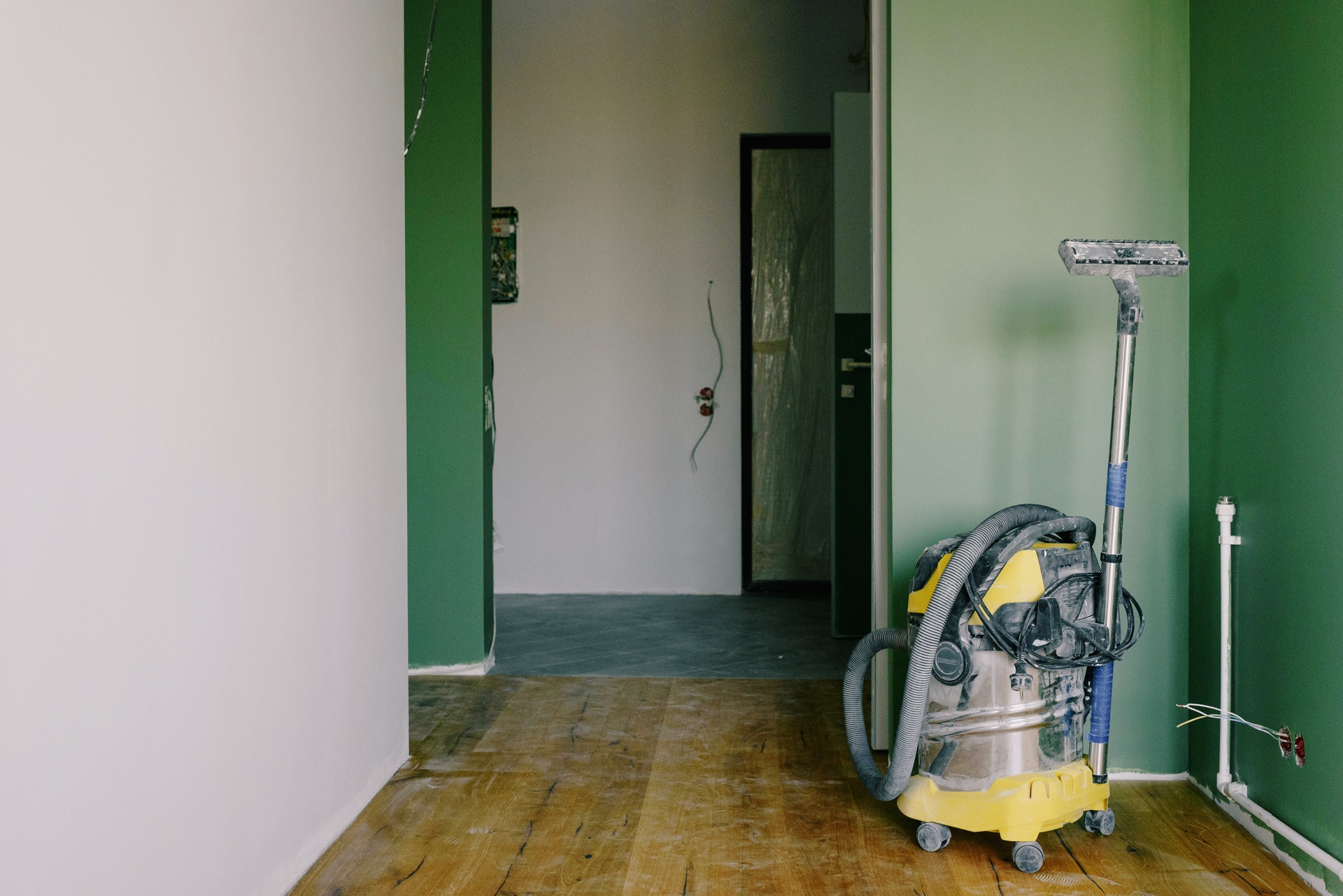 Canister vacuum cleaners are very light and portable during use. You can carry your vacuum cleaner everywhere around your house when cleaning. Some vacuum cleaners have strong hose attachments that help them to clean the hard-to-reach areas. The telescopic extensions enable users to clean narrow spaces and above your head. They quickly get rid of pet hair in difficult areas such as under the furniture and tall curtains, leaving the places efficiently clean. Their make is light which makes them easily moveable from one place to another. Canister vacuums enable the cleaning of surfaces such as stairs to be clean within a short period.
Canister vacuum cleaners are very light and portable during use. You can carry your vacuum cleaner everywhere around your house when cleaning. Some vacuum cleaners have strong hose attachments that help them to clean the hard-to-reach areas. The telescopic extensions enable users to clean narrow spaces and above your head. They quickly get rid of pet hair in difficult areas such as under the furniture and tall curtains, leaving the places efficiently clean. Their make is light which makes them easily moveable from one place to another. Canister vacuums enable the cleaning of surfaces such as stairs to be clean within a short period.


 Low-Fat Meals
Low-Fat Meals Fast Cooking
Fast Cooking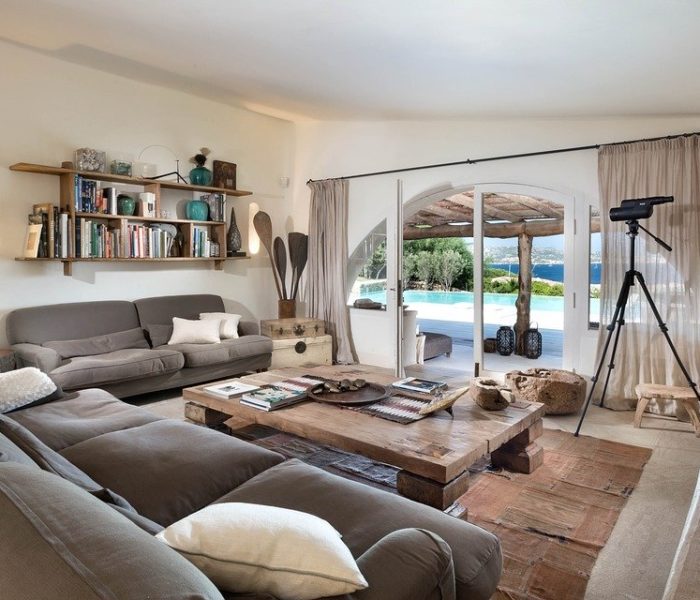
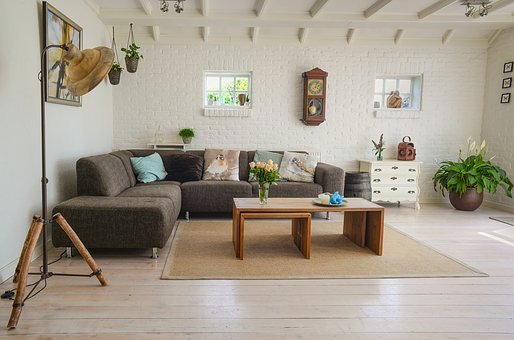






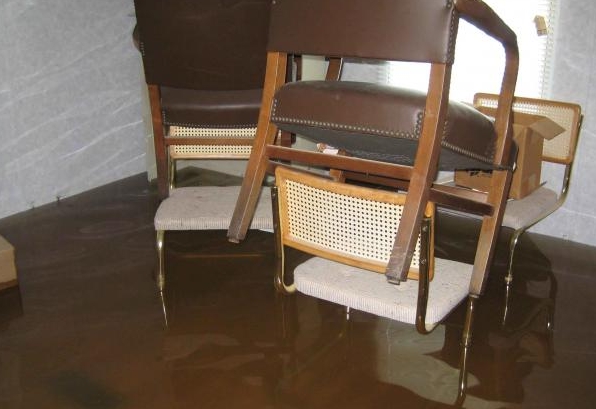
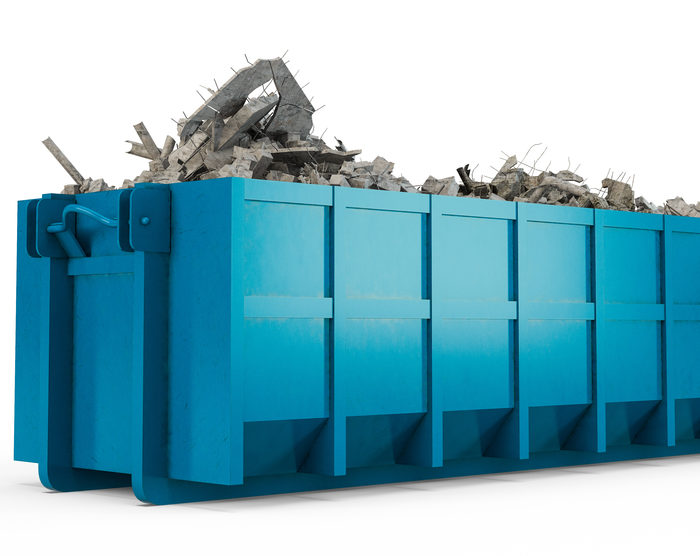
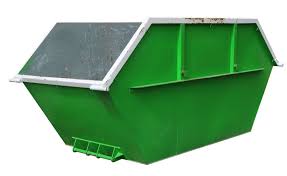 When renting a dumpster, consider the style and size of the container. It is advisable to choose a style depending on the disposable waste style. We have a dumpster that are top loaders, rear loaders, and others that allow you to roll the waste inside.
When renting a dumpster, consider the style and size of the container. It is advisable to choose a style depending on the disposable waste style. We have a dumpster that are top loaders, rear loaders, and others that allow you to roll the waste inside. The placement of the dumpster is very important for maximum efficiency. It is advisable to plan your work site appropriately so that you can get proper use of the dumpster.
The placement of the dumpster is very important for maximum efficiency. It is advisable to plan your work site appropriately so that you can get proper use of the dumpster.
 The Perth brokers are committed to fully serving their customers. Therefore they will ensure they understand any of your needs and look for a way of assisting you. If you have applied for a loan from the bank without success, it is now the high time you try the Perth brokers because they will understand your situation and get your loan approved quickly by other money lenders.
The Perth brokers are committed to fully serving their customers. Therefore they will ensure they understand any of your needs and look for a way of assisting you. If you have applied for a loan from the bank without success, it is now the high time you try the Perth brokers because they will understand your situation and get your loan approved quickly by other money lenders.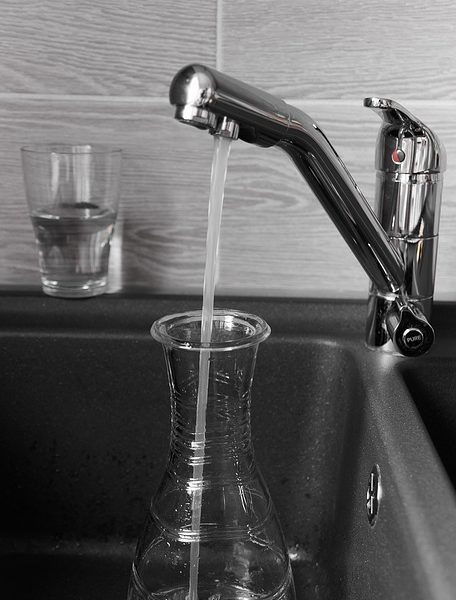


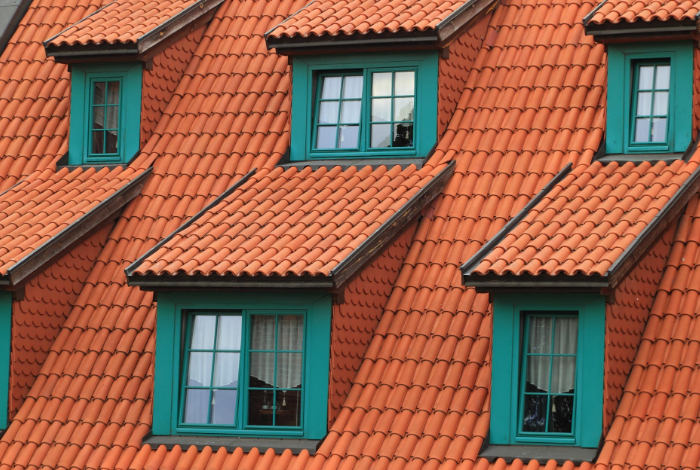

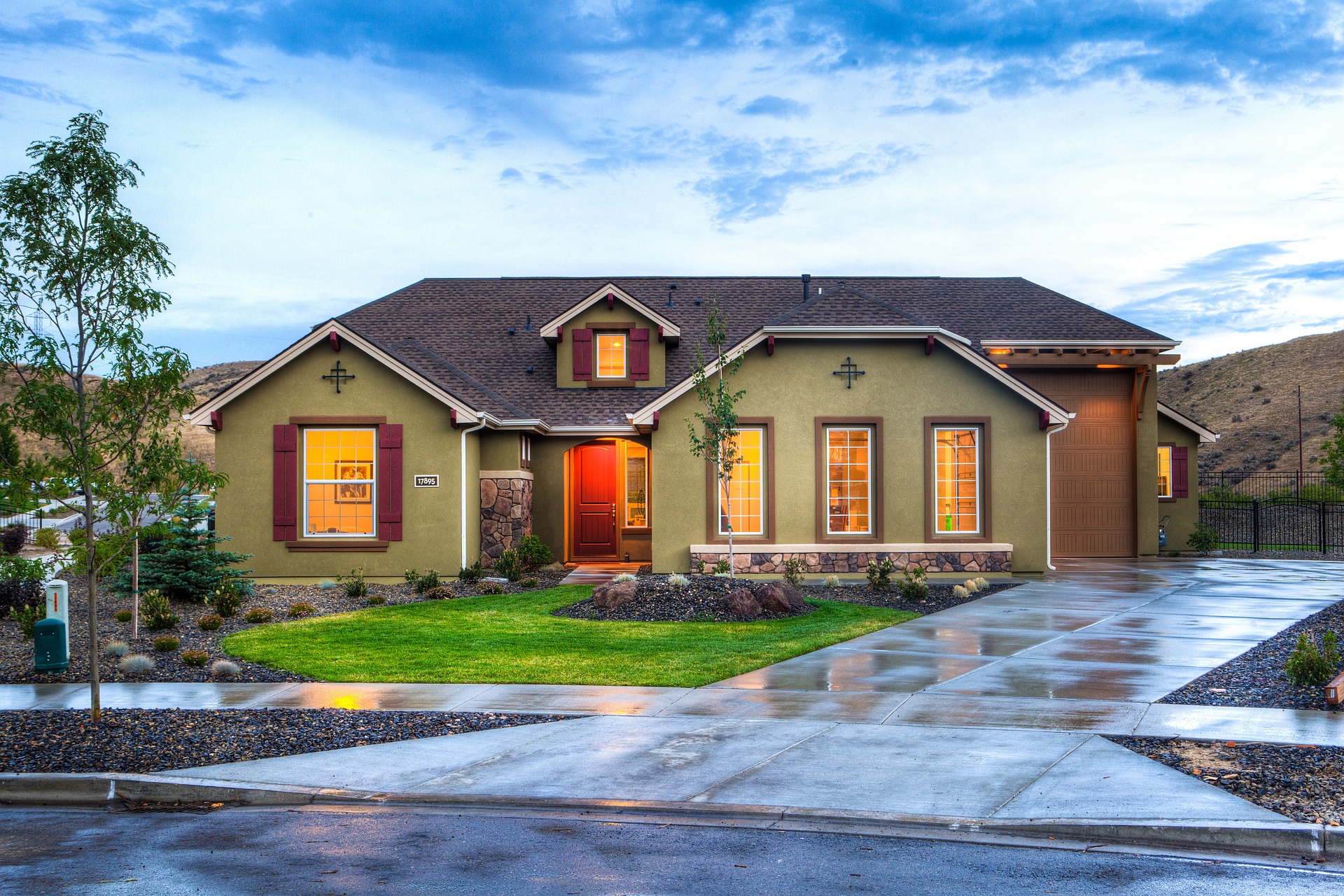
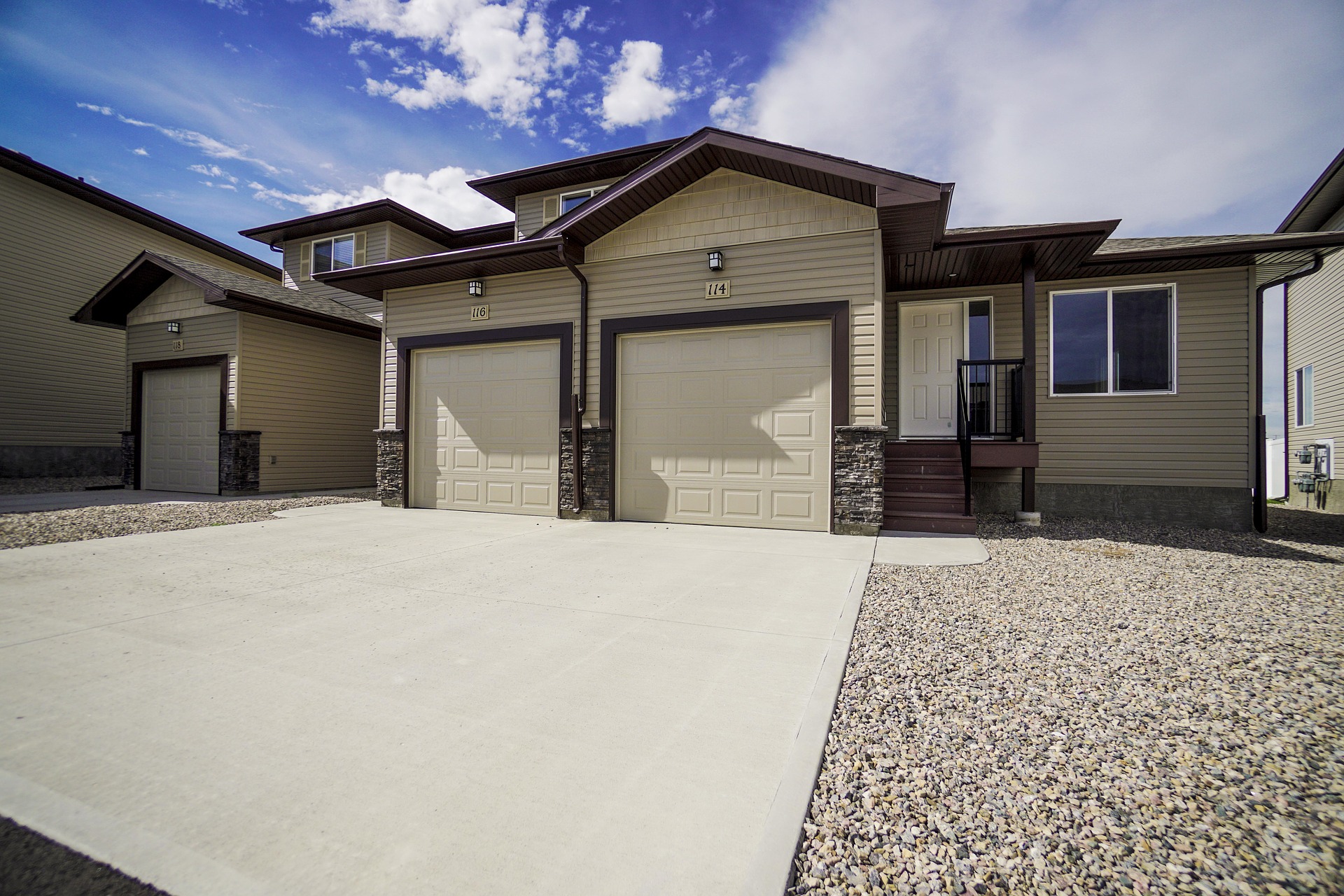
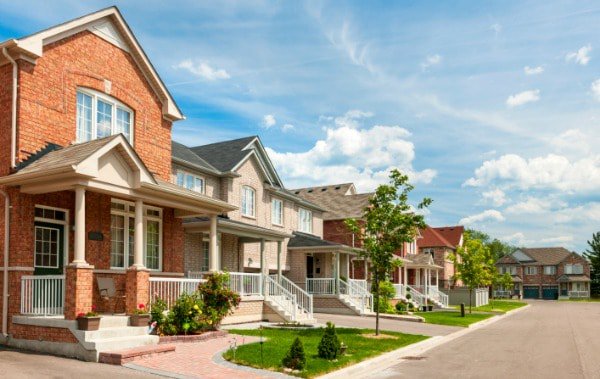

 When choosing a place to stay do not just think about yourself. It is also advisable to consider family dynamics. If you have school going children, recognize their needs when choosing a neighborhood. Young kids need a place that is near schools, play areas and also hospitals in case of emergencies.
When choosing a place to stay do not just think about yourself. It is also advisable to consider family dynamics. If you have school going children, recognize their needs when choosing a neighborhood. Young kids need a place that is near schools, play areas and also hospitals in case of emergencies.
 You should note that the installation and quality equipment are not cheap. If the price you are given is considerably lower as compared to average, you can receive poor quality equipment or installation. Also, low prices may imply that certain services are not part of the complete package. It is a good idea to read the contract and various estimates before committing to the contract agreement.
You should note that the installation and quality equipment are not cheap. If the price you are given is considerably lower as compared to average, you can receive poor quality equipment or installation. Also, low prices may imply that certain services are not part of the complete package. It is a good idea to read the contract and various estimates before committing to the contract agreement. Ensure you compare different warranties offered by various manufacturers. Ideally, you should expect a warranty of about 25 years. If the company does not provide a warranty of that range, then it means your solar panel may not last that long. For the inverter, the warranty should be in the range of 5 and 15 years. It is a good idea to assess the reputation of the manufacturer. Most solar panel companies have been established for the last few years. If the warranty offered by the company and one with a top brand are similar, you should go for the established brand.
Ensure you compare different warranties offered by various manufacturers. Ideally, you should expect a warranty of about 25 years. If the company does not provide a warranty of that range, then it means your solar panel may not last that long. For the inverter, the warranty should be in the range of 5 and 15 years. It is a good idea to assess the reputation of the manufacturer. Most solar panel companies have been established for the last few years. If the warranty offered by the company and one with a top brand are similar, you should go for the established brand.
 A Wide Variety
A Wide Variety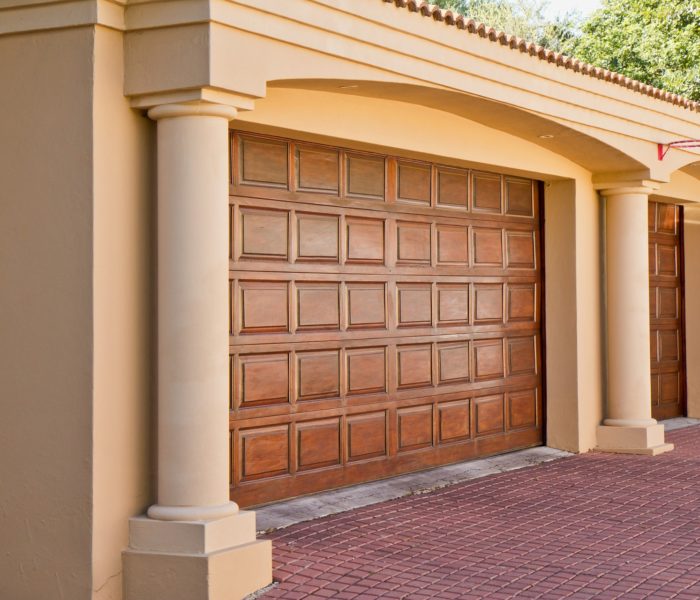
 Spaces in your garage door are entry points as well as exit points of air. This will make it more difficult to maintain the temperature of your whole house. Insulating the attached garage will help prevent the entry of cold air during winter and hot air during summer.
Spaces in your garage door are entry points as well as exit points of air. This will make it more difficult to maintain the temperature of your whole house. Insulating the attached garage will help prevent the entry of cold air during winter and hot air during summer. Noise from outside your home will be lessened while noise from inside will be less audible to neighbors. The insulated attached garage will guarantee you that you will not be disturbed in your sleep by loud sounds from your outside surroundings. You will not also cause a great disturbance to your neighbors during happy times inside your home.
Noise from outside your home will be lessened while noise from inside will be less audible to neighbors. The insulated attached garage will guarantee you that you will not be disturbed in your sleep by loud sounds from your outside surroundings. You will not also cause a great disturbance to your neighbors during happy times inside your home.
 kids. It helps you come up with something that can fit you perfectly and one which suits your requirements. One can repair old clothes to make them wearable again. How about you buy a good sewing machine for quality service? The following are some of the things you should consider when purchasing one.
kids. It helps you come up with something that can fit you perfectly and one which suits your requirements. One can repair old clothes to make them wearable again. How about you buy a good sewing machine for quality service? The following are some of the things you should consider when purchasing one. want to purchase. There are so many in the market, some known for their quality service. Go through different reviews to know which are the best in the market. You can also seek recommendations from those who have managed to use them.…
want to purchase. There are so many in the market, some known for their quality service. Go through different reviews to know which are the best in the market. You can also seek recommendations from those who have managed to use them.…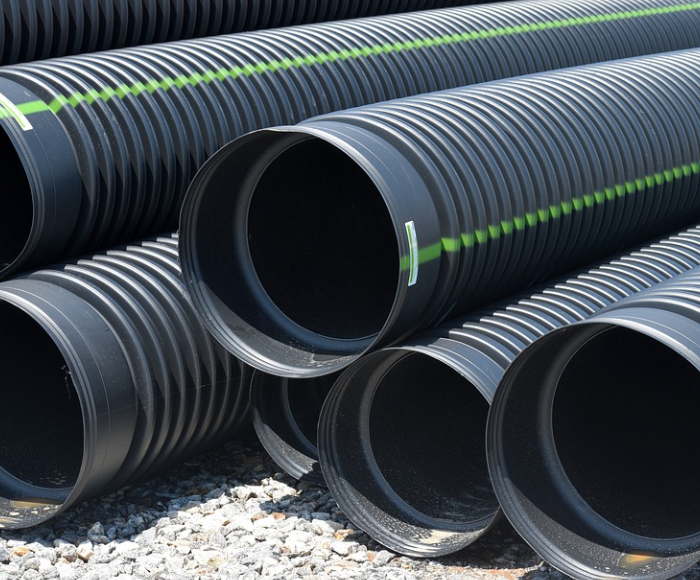

 They will also ensure your home is painted uniformly. Professional painting services have all what it takes to ensure the job is done within a short period. You need to look for the best if you want quality service. Consider the following when choosing one.
They will also ensure your home is painted uniformly. Professional painting services have all what it takes to ensure the job is done within a short period. You need to look for the best if you want quality service. Consider the following when choosing one.





 Refacing will allow you to choose from various colors, materials, and options for refacing the cabinet. You may alter the grain and look of your cabinets by selecting a different finish and wood than what you have currently. You can also add some new trim and molding or extra cabinet if you want more storage space. Cabinet refacing will also offer you the option of adding more glass doors to showcase your collectibles.
Refacing will allow you to choose from various colors, materials, and options for refacing the cabinet. You may alter the grain and look of your cabinets by selecting a different finish and wood than what you have currently. You can also add some new trim and molding or extra cabinet if you want more storage space. Cabinet refacing will also offer you the option of adding more glass doors to showcase your collectibles.
 One of the frequently asked questions when it comes to mowing is if the height matters. Yes, the mowing height matters. Firstly, it is essential to point out that the different mowing equipment has been specially designed for a given purpose.
One of the frequently asked questions when it comes to mowing is if the height matters. Yes, the mowing height matters. Firstly, it is essential to point out that the different mowing equipment has been specially designed for a given purpose. When it comes to the mowing, the mowing blade is critical as it will determine how effective the mowing process will be. The blade needs to be sharp since it is what will be used to cut the grass.
When it comes to the mowing, the mowing blade is critical as it will determine how effective the mowing process will be. The blade needs to be sharp since it is what will be used to cut the grass.
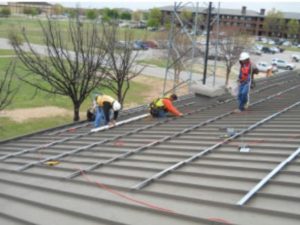 It’s always safe to pick a roofing contractor with a long track record of high-quality work. As a homeowner, you shouldn’t allow the price to dictate the contractor you choose. Always go for a company that has years of experience in business with a solid reputation to avoid falling victim to some unscrupulous contractors, who occasionally disappear to avoid paying damages.
It’s always safe to pick a roofing contractor with a long track record of high-quality work. As a homeowner, you shouldn’t allow the price to dictate the contractor you choose. Always go for a company that has years of experience in business with a solid reputation to avoid falling victim to some unscrupulous contractors, who occasionally disappear to avoid paying damages. Most people are always keen on the prices when seeking services in the business world. As much as you’re on a budget; always remember that cheap bids drive down the market and a contractor with proper and overhead insurance has to establish some reasonable pricing to cover such costs. Most of the customers who are sold on the price as the sole criteria end up spending more on repairs and regular maintenance.
Most people are always keen on the prices when seeking services in the business world. As much as you’re on a budget; always remember that cheap bids drive down the market and a contractor with proper and overhead insurance has to establish some reasonable pricing to cover such costs. Most of the customers who are sold on the price as the sole criteria end up spending more on repairs and regular maintenance.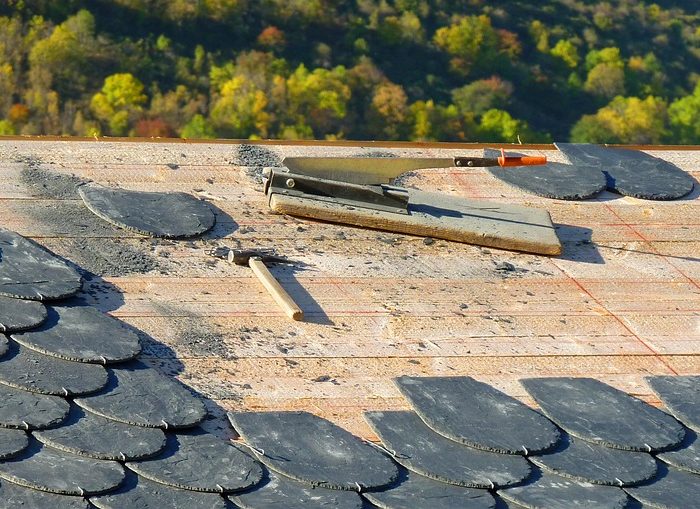




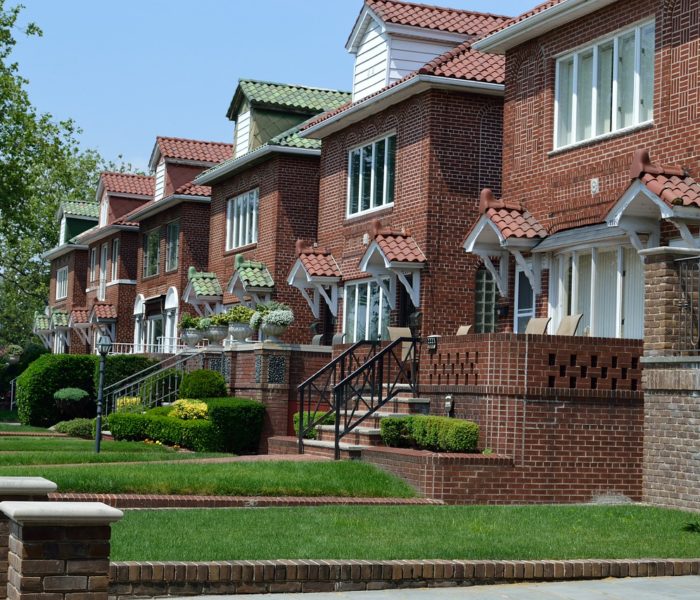
 Often we’re persuaded by a big house, without taking much care of what we wanted in a house. Before saying yes or signing the contract, make sure that the house has everything you want or need.
Often we’re persuaded by a big house, without taking much care of what we wanted in a house. Before saying yes or signing the contract, make sure that the house has everything you want or need.





